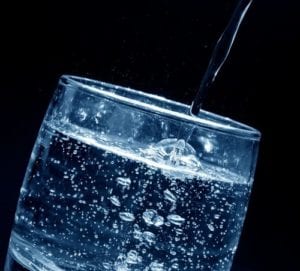Some of the challenges faced by the DWS according to Mahunonyane, “are with some of the various licenses issued prior to 2010 which are not registered on the department’s WARMS resulting in the non-billing of some water users”.
Various water sector stakeholders in the Northern Cape convened at the Big Hole Protea Hotel in Kimberley recently and were briefed by the Department of Water and Sanitation (DWS) about the importance of registering their water use activities.
According to the acting Chief Executive Officer of the Lower Vaal Catchment Management Agency, Moses Mahunonyane, the DWS has the “legislative mandate through the National Water Act 36 of 1998 and the Water Research Act 34 of 1971, to ensure that the country’s water resources are protected and managed properly while effectively delivering water and sanitation services”.
The National Water Act addresses the application, pricing and debt recovery of water use charges, while the Water Research Act stipulates the rights of the Minister of Water and Sanitation to levy rates and charges which are used for water research done by the South African Water Research Commission.









